
HD FREEFORM TECHNOLOGY
Backside digital surfacing ensures perfect alignment of design and prescription. Prescription is optimized with computer-controlled surfacing equipment that is much more precise than conventional technology.
THE DESIGN
Lens designs that can be made by Freeform may be categorized into three basic types:
Optimized lens designs overcome optical aberrations and mechanical limitations of traditional surfacing. All lenses designed with digital free form technology are effectively “optimized” because they can be precisely generated to the power of 0.01D.
Frametized lenses are modified to specific fitting, frame size. frame measurements such as the ED, A, and B, along with the patient’s fitting height and monocular decentration are taken into consideration and adjust the lens design accordingly.
Customized designs are created specifically to the prescription and individual viewing habits of the user. They consider the position of wear measurements such as vertex distance, pantoscopic tilt, and face form wrap. Further vision details may also be required for extra personalization.
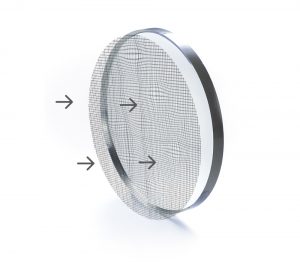

HD PLUS TECHNOLOGY
lenses optically optimized for the unique combination of sphere cylinder axis and compensated for the average position of wear.
This ensures not only accurate 6 times more accurate power (1 micron) replication of the lens design, but a unique optimized lens surface for best optics quality.

CHD TECHNOLOGY
Customized-High Definition
Emerging presbyopia is used to unrestricted near vision and still can see objects at mid-range distances through either the distance zone or near zone of the lens. PMO incorporates a short progression length and an easily accessible utility for early Presbyopia.
Advanced Presbyopia has lost its ability to focus on both up-close and mid-range objects. PMO presents a long intermediate zone that is also wide using a unique lens design for every additional power.
Myopes are more demanding for their distance vision through progressive lenses. PMO uses flat base curves and incorporates a wide distance zone.
Hyperopes really rely on progressive lenses for . PMO integrates higher
base curves and a wide near zone.

FRAME SIZE FIT TECHNOLOGY
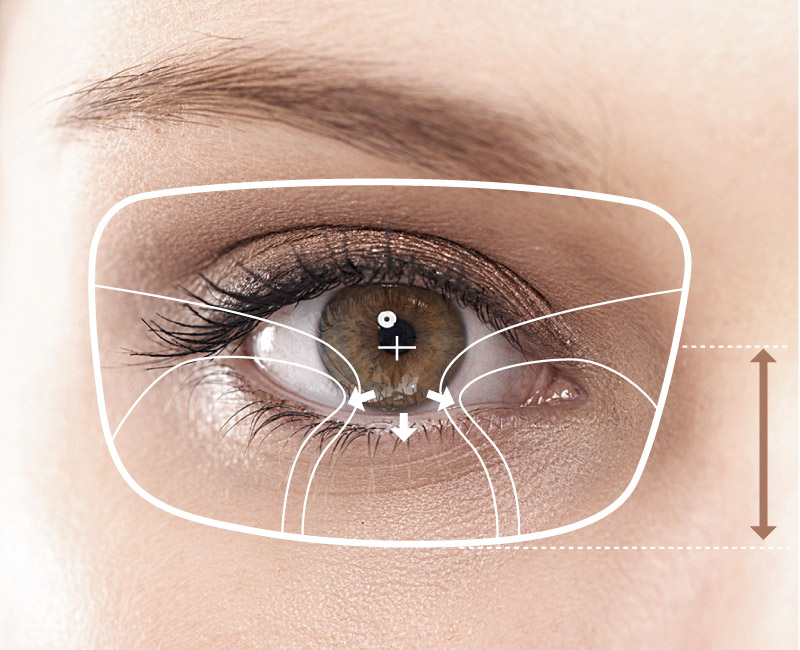
SMALL FRAME AND FITTING HEIGHT
SHORT CORRIDOR LENGTH, SMALLER ZONE SIZES
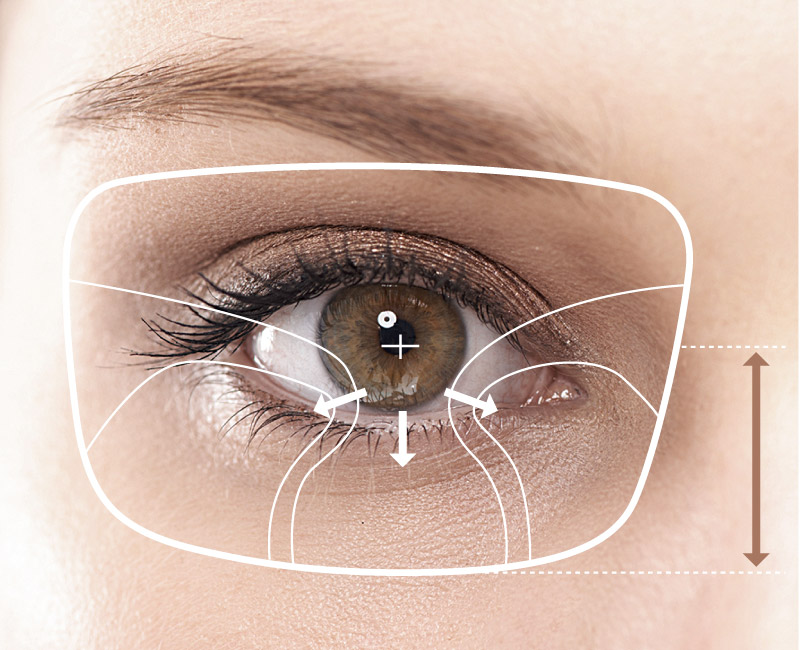
MEDIUM FRAME AND FITTING HEIGHT
MEDIUM CORRIDOR LENGTH, MEDIUM ZONE SIZES
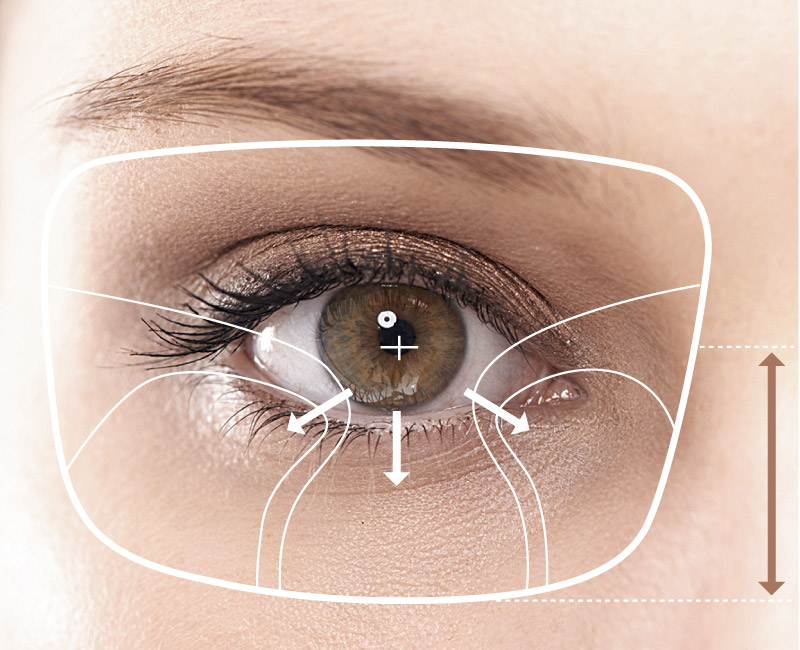
LARGE FRAME AND FITTING HEIGHT
LONGER CORRIDOR LENGTH, LARGE ZONE SIZES
More
The overall of the progressive lens design can be modified to maximize the performance of the lens for each wearer and frame. expands or contracts the corridor length and viewing zones of the lens design based on the wearer’s selected frame size to maximize optical performance and utility, regardless of frame size.

DYNAMIC LIFESTYLE TECHNOLOGY
The balanced design fits certain viewing dynamic tasks, such as driving which requires clear far-away vision without distortion in the lens peripheries. This maintains a comfortable vision during frequent head and eye movements.
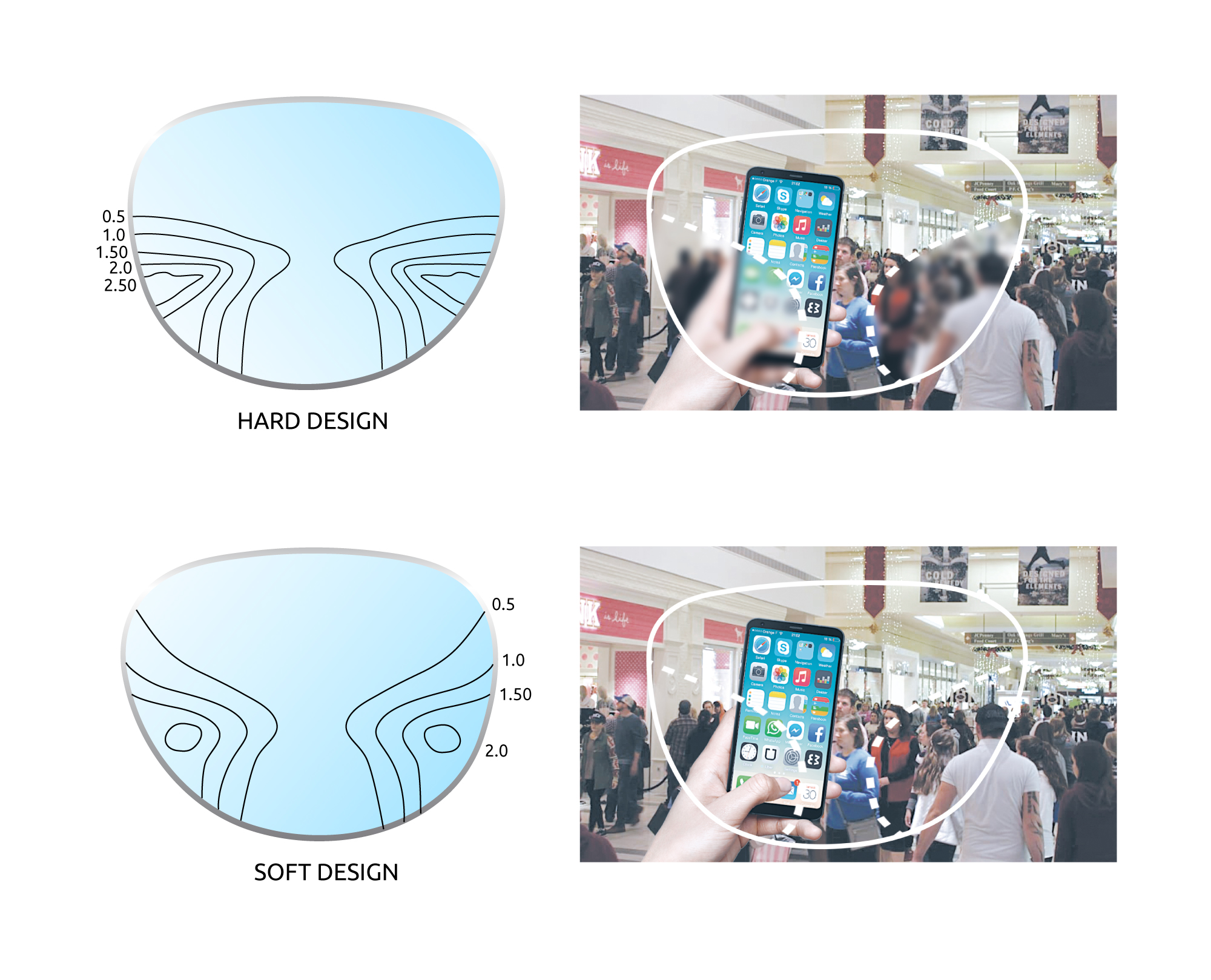

BINOCULAR BALANCING TECHNOLOGY
That is how we provide a vision for dynamic activities ultra-soft periphery and broad central zones. So, very low levels of swim effect Binocular vision Technology to help both eyes oculomotor work together, as one system. z

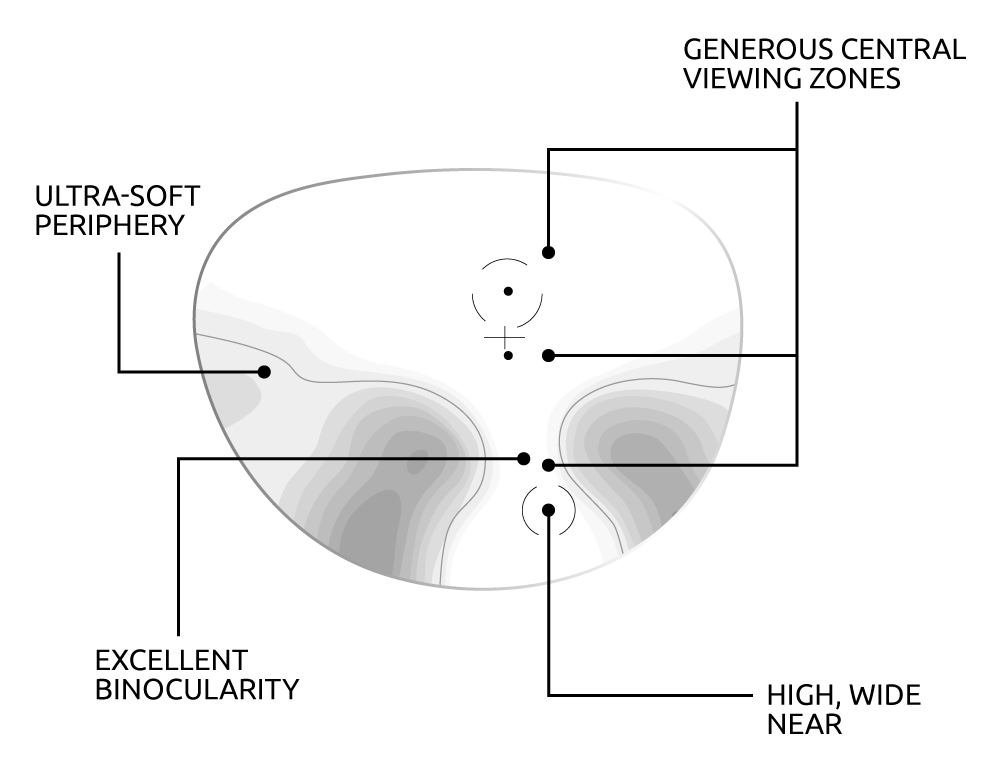

OPTIMIZE-BY-PRESCRIPTION TECHNOLOGY
Combining variable-inset with base curve and visual field Optimization. Balanced power distribution means: The design responds much better to the wearer’s ametropia. So, each base curve and add power combination are optimized to ensure that the design is delivering the same balanced performance.
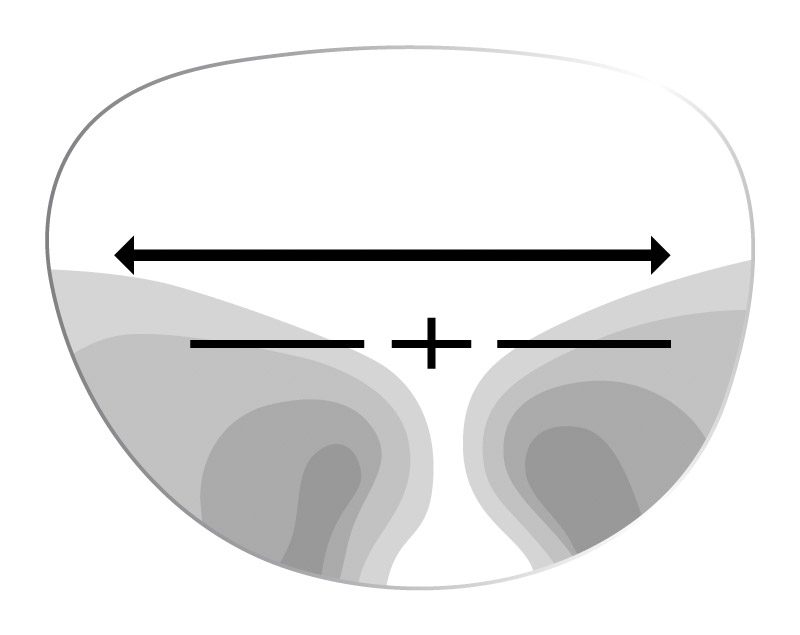
MYOPES:
WIDER DISTANCE ZONE
Flatter Base curves and
incorporate a wider distance zone
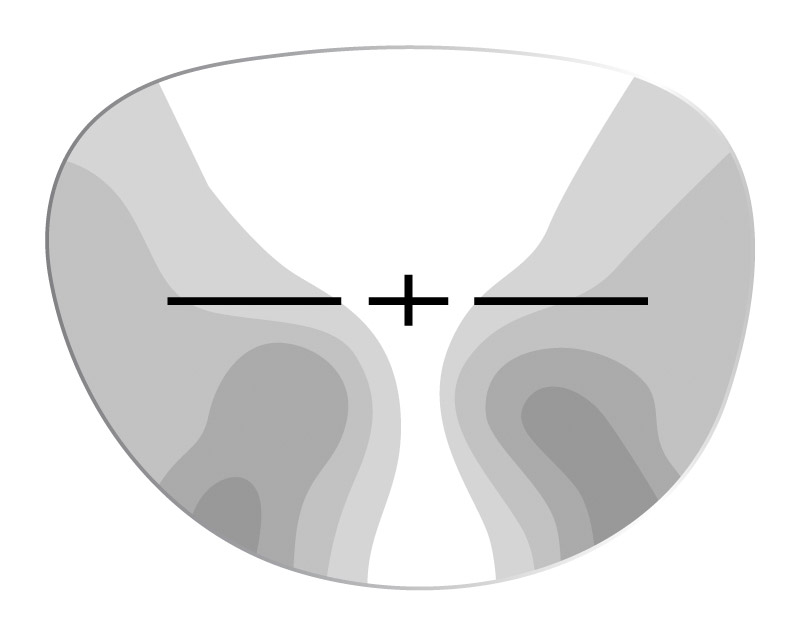
EMMETROPES:
BALANCED VIEWING ZONES
Balanced viewing zones, for more
comfortable vision at all distances
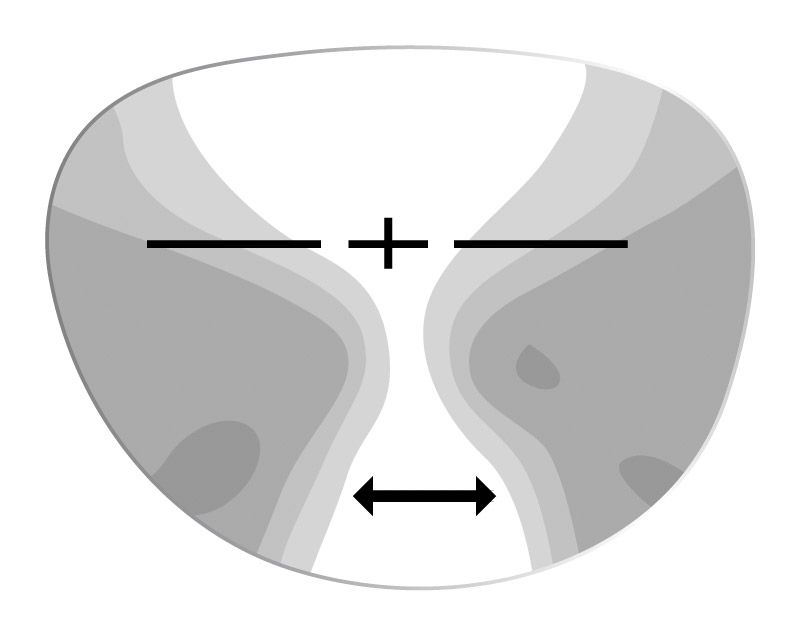
HYPEROPES:
WIDER NEAR ZONE
Integrate higher base curves
and a wider near zone
